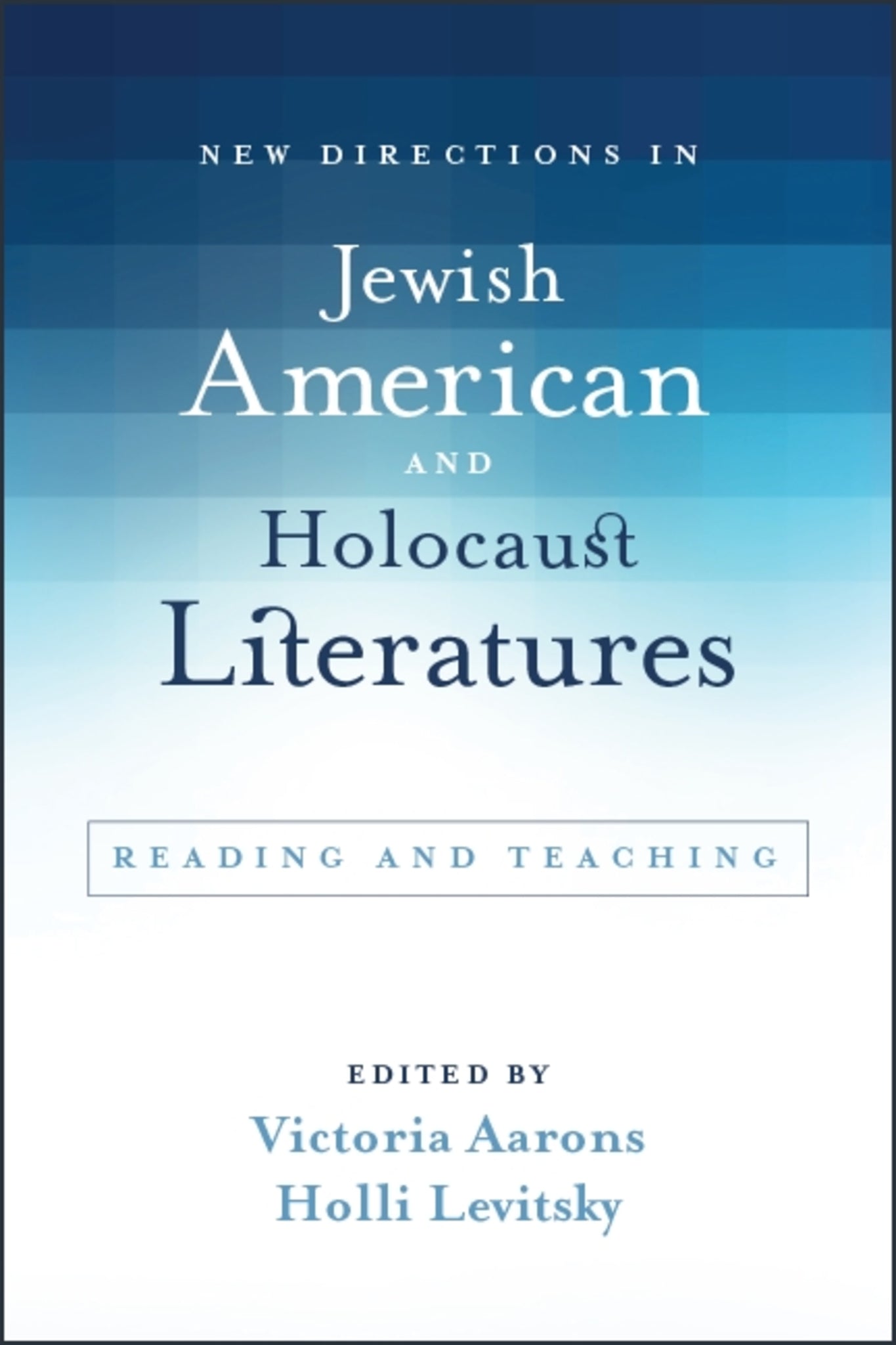We're sorry. An error has occurred
Please cancel or retry.
New Directions in Jewish American and Holocaust Literatures

Some error occured while loading the Quick View. Please close the Quick View and try reloading the page.
Couldn't load pickup availability
- Format:
-
02 July 2019

Surveys the current state of Jewish American and Holocaust literatures as well as approaches to teaching them.
What does it mean to read, and to teach, Jewish American and Holocaust literatures in the early decades of the twenty-first century? New directions and new forms of expression have emerged, both in the invention of narratives and in the methodologies and discursive approaches taken toward these texts. The premise of this book is that despite moving farther away in time, the Holocaust continues to shape and inform contemporary Jewish American writing. Divided into analytical and pedagogical sections, the chapters present a range of possibilities for thinking about these literatures. Contributors address such genres as biography, the graphic novel, alternate history, midrash, poetry, and third-generation and hidden-child Holocaust narratives. Both canonical and contemporary authors are covered, including Michael Chabon, Nathan Englander, Anne Frank, Dara Horn, Joe Kupert, Philip Roth, and William Styron.


"A valuable addition to the critical and pedagogical materials of scholars and teachers in Judaism and the Holocaust. It raises important questions about ethics, responses, and readings in a breadth of literary texts." — H-Net Reviews (H-Judaic)
"…provides significant insights into current literary and teaching approaches to both Jewish American and Holocaust literatures … New Directions will be of particular interest to students and scholars of Holocaust and Jewish-American literatures, ethnic literatures in America, American literature, Jewish studies, and ethics." — Journal of Modern Jewish Studies
"The range of critical approaches and authors examined makes this a valuable resource for scholars and teachers. Particularly in this troubling political moment, meditations on the new and continued relevance of Jewish American and Holocaust literatures for scholars, students, and the American public in general are invaluable." — Sharon B. Oster, author of No Place in Time: The Hebraic Myth in Late Nineteenth-Century American Literature
Introduction
Holli Levitsky
Part I. Reading
1. Black Milk: A Holocaust Metaphor
Eric J. Sundquist
2. The American Voices of Hidden Child Survivors: Coming of Age Out of Time and Place
Phyllis Lassner
3. Reimagining History: Joe Kubert’s Graphic Novel of the Warsaw Ghetto Uprising
Victoria Aarons
4. Alternate Jewish History: Philip Roth’s The Plot Against America and Michael Chabon’s The Yiddish Policemen’s Union
Andrew M. Gordon
5. Reading the Shema: Jewish Literature as World Literature
Naomi B. Sokoloff
6. The "Story Without an Ending": Art, Midrash, and History in Dara Horn’s The World to Come
Sandor Goodhart
7. Midrash and Social Justice
Sol Neely
Part II. Teaching
8. The Midrashic Legacy
Monica Osborne
9. Anne Frank, Figuration, and the Ethical Imperative
Aimee Pozorski
10. Nathan Englander’s "Anne Frank" and the Future of Jewish America
Hilene Flanzbaum
11. Narrating the Past in a Different Language: Teaching the Holocaust through Third-Generation Fiction
Jessica Lang
12. A Complicated Curriculum: Teaching Holocaust Empathy and Distance to Nontraditional Students
Jeffrey Scott Demsky and N. Ann Rider
13. Teaching Jewish American Literature in a Spanish Context
Gustavo Sanchez Canales
14. Teaching William Styron’s Sophie’s Choice: Understanding the Holocaust
Zygmunt Mazur
15. A novel that dare not speak its name": Biographical Approaches to Saul Bellow
Judie Newman
Contributors
Index



